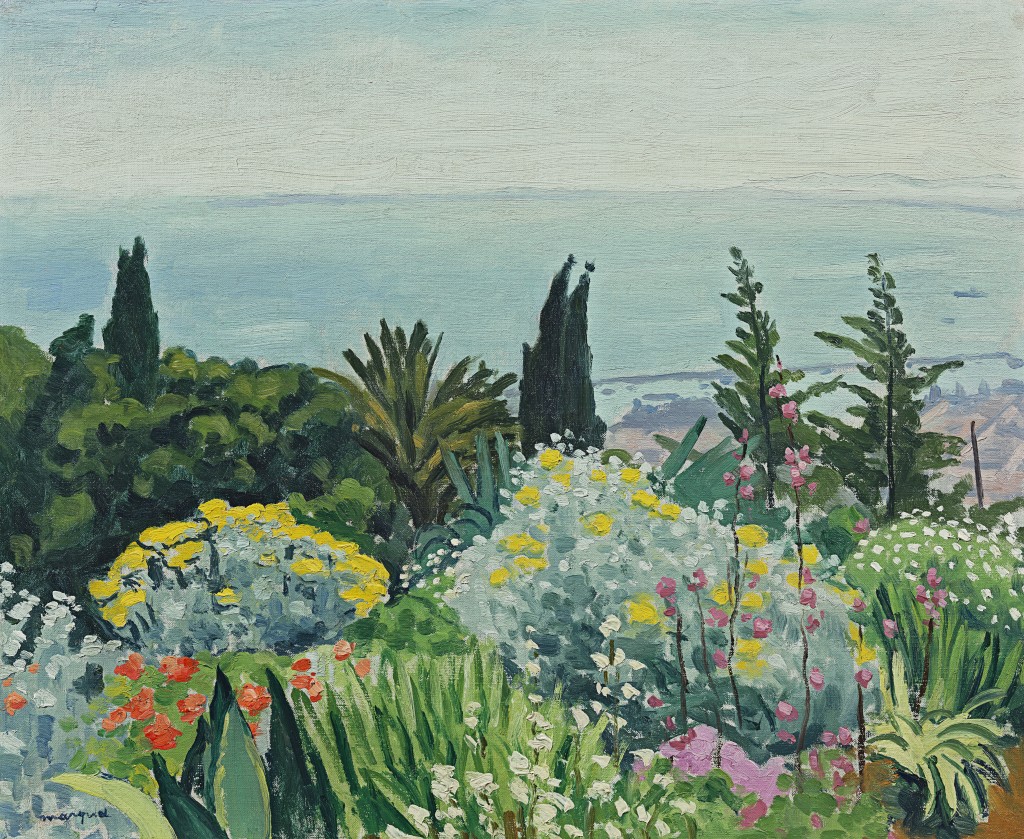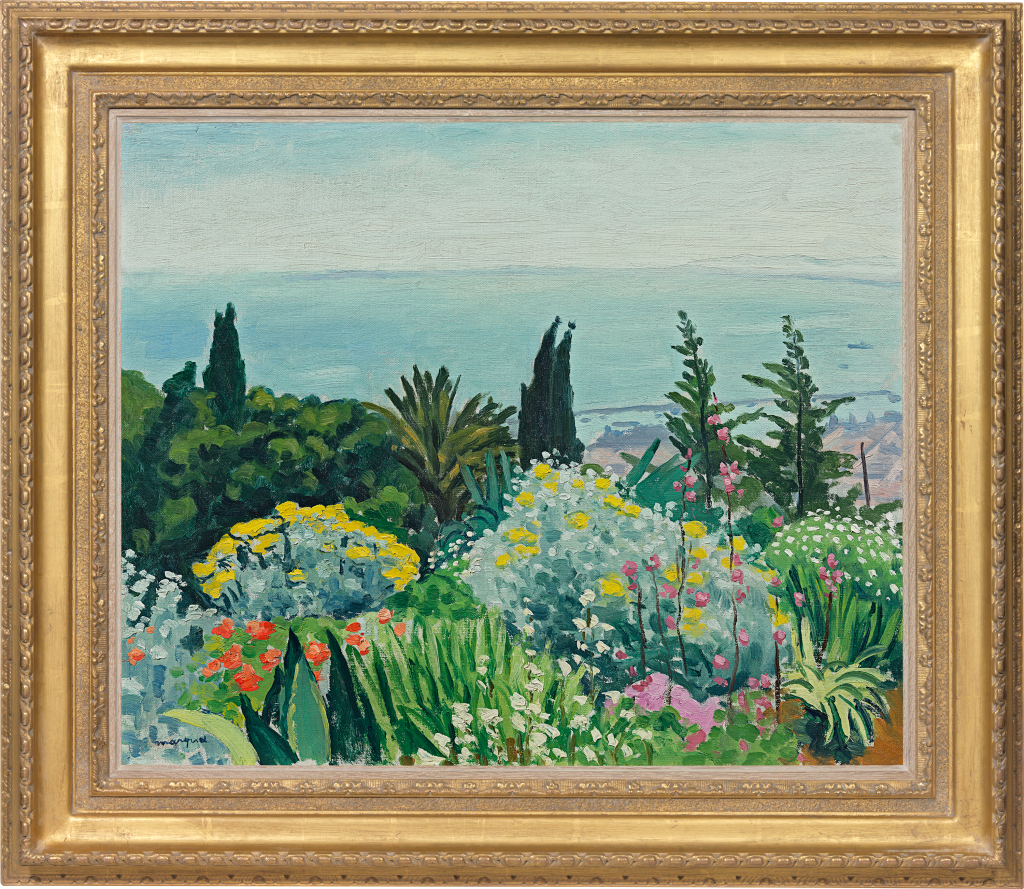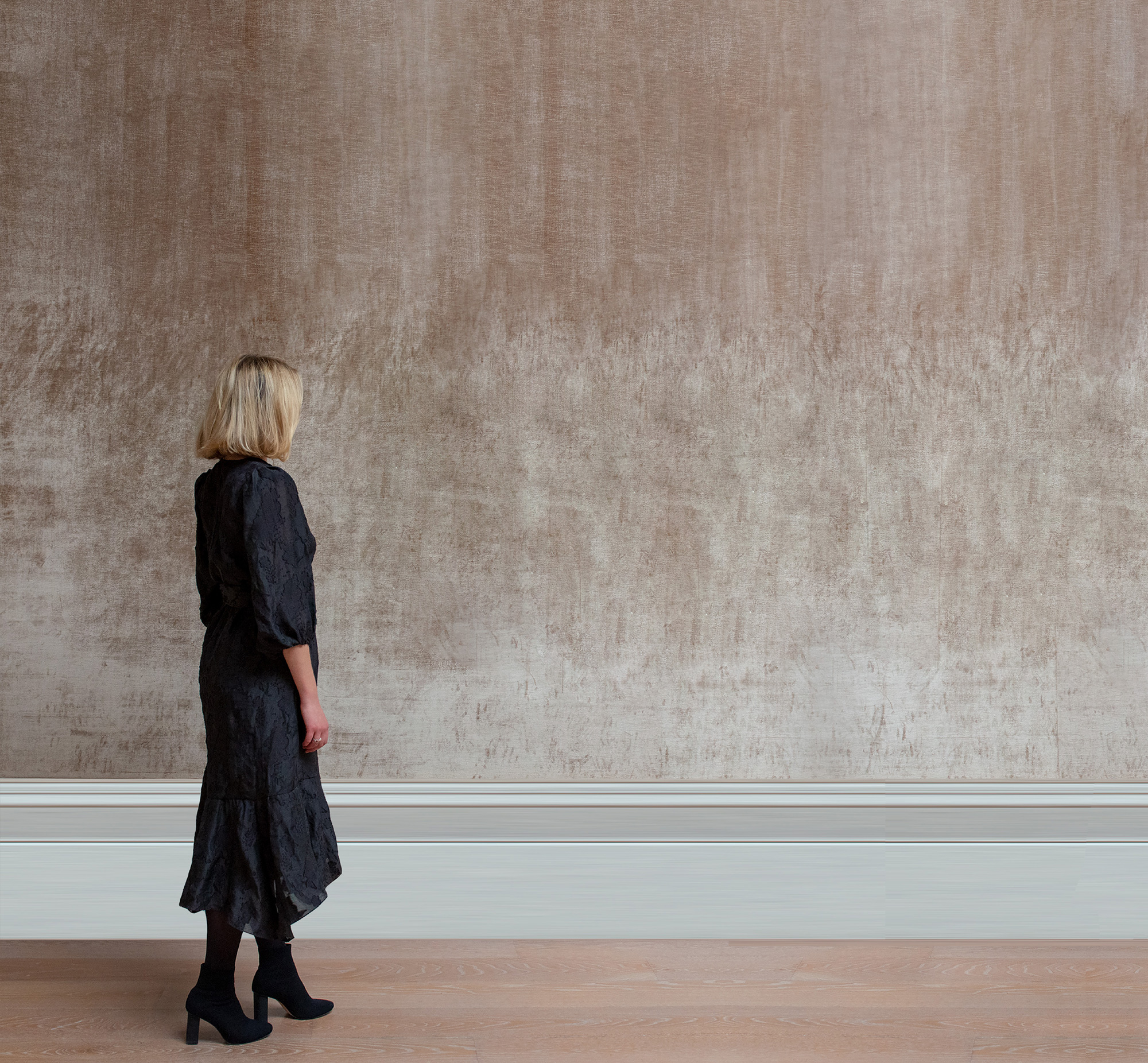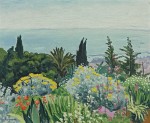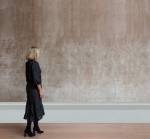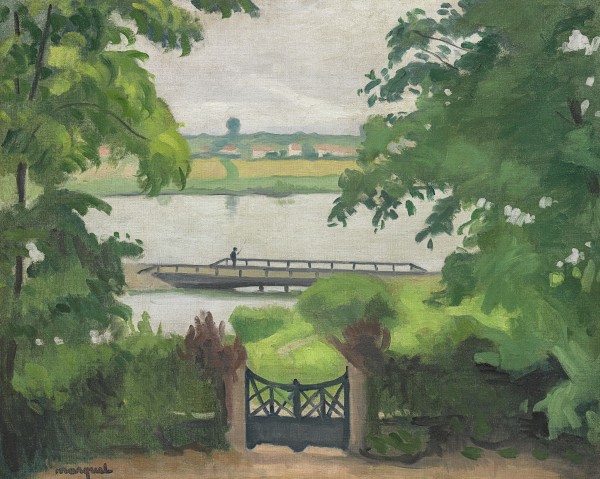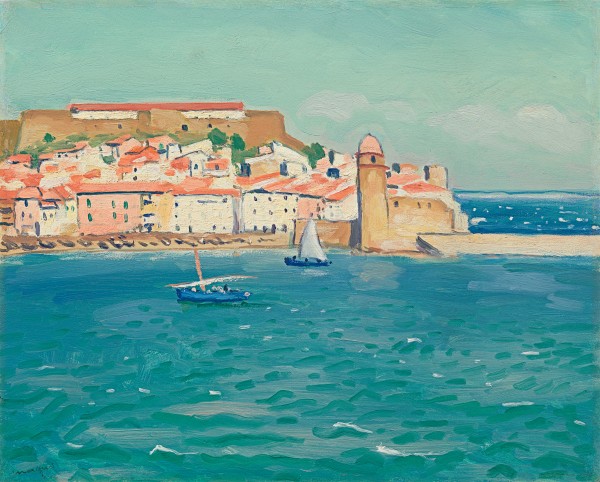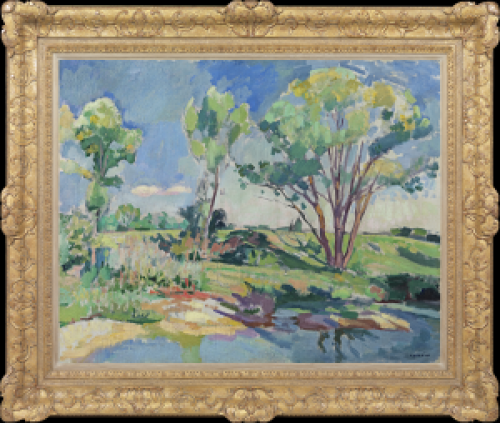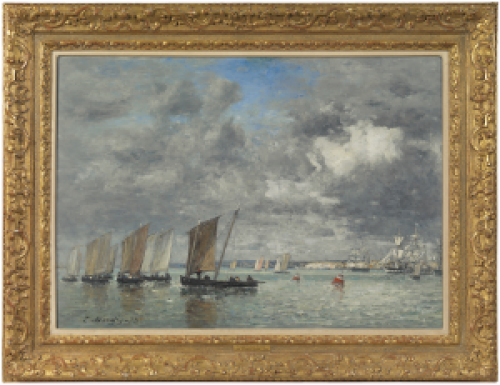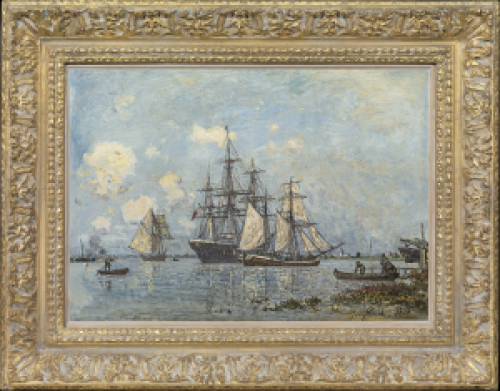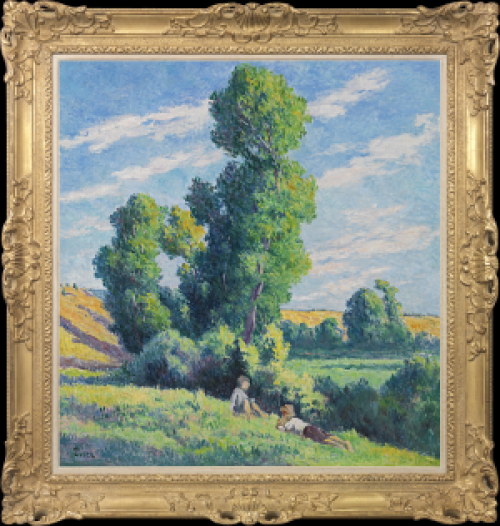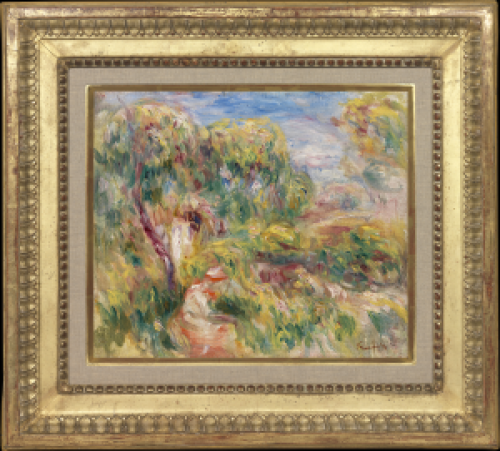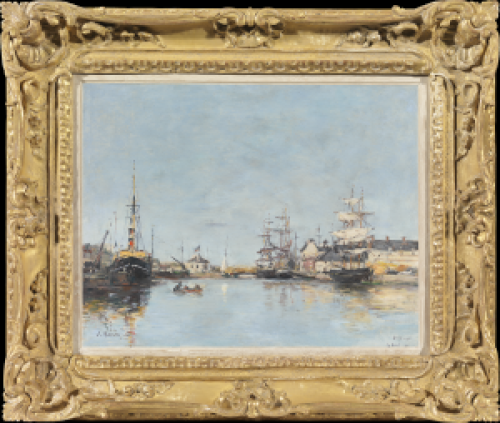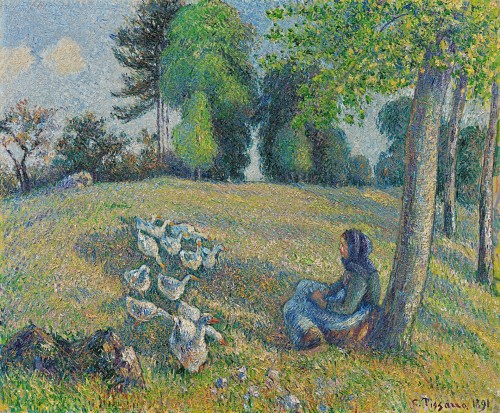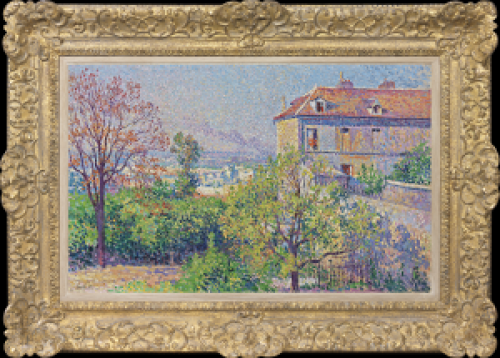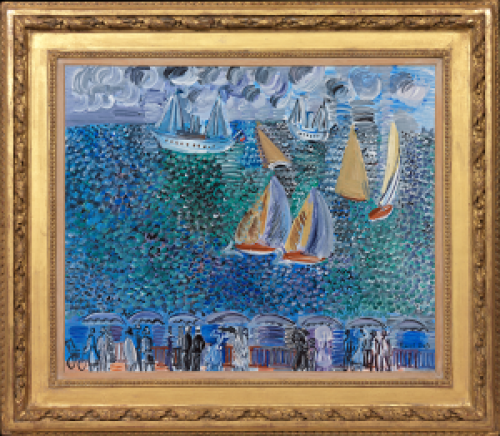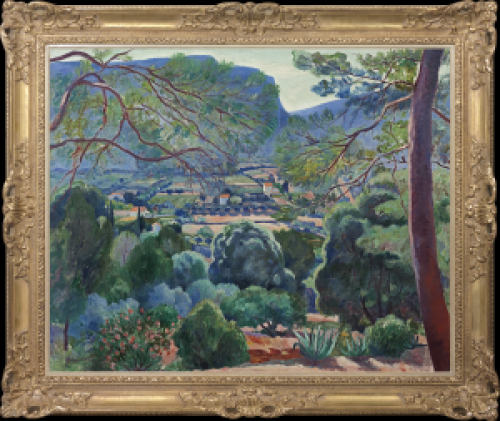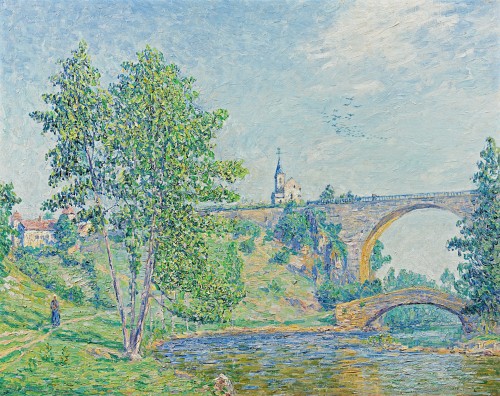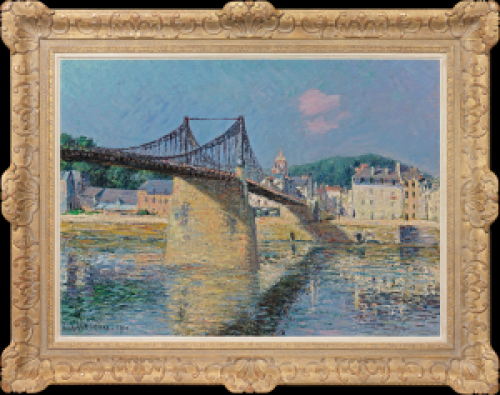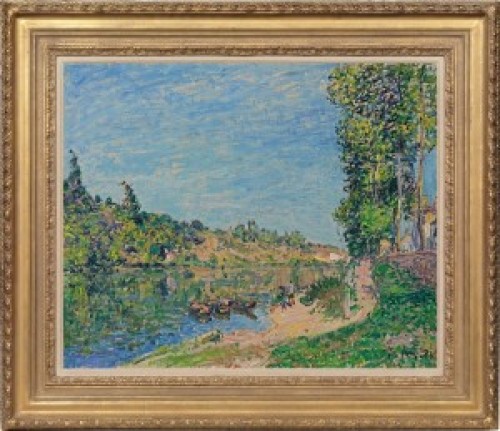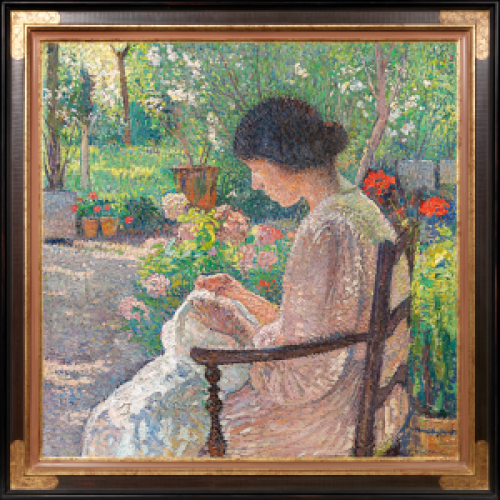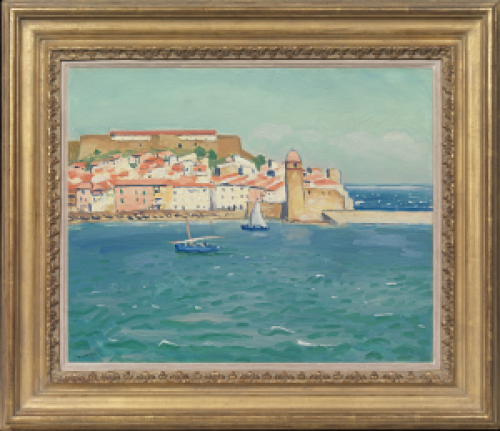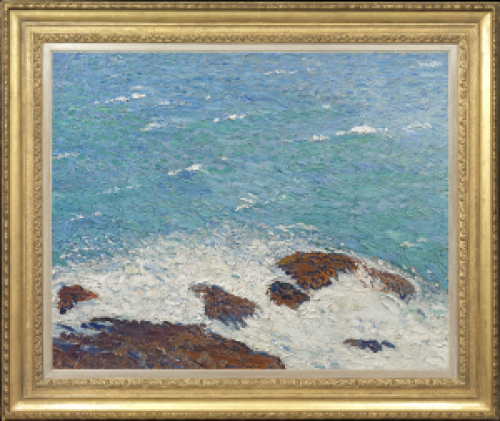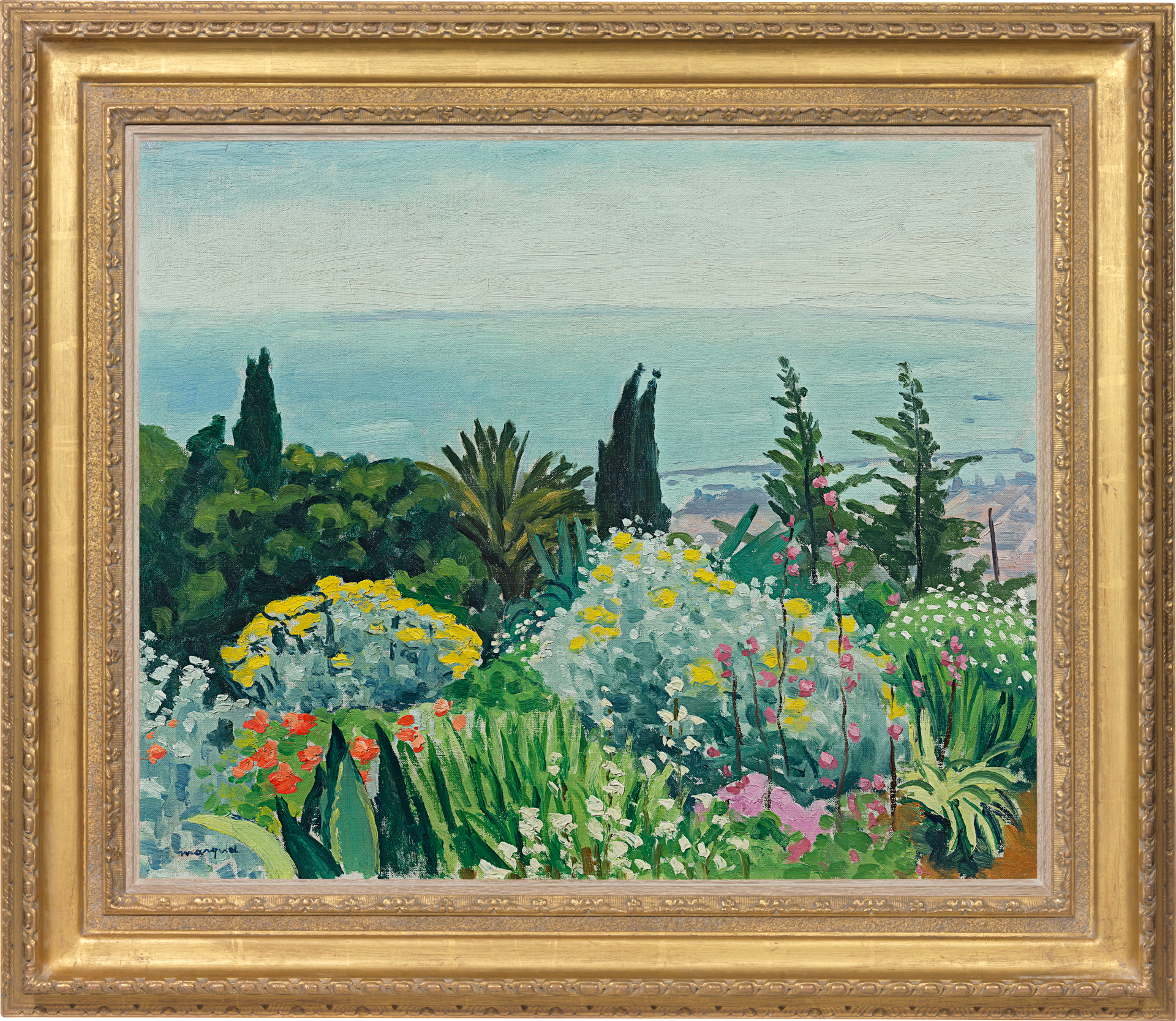ALBERT MARQUET
Bordeaux 1875 - 1947 Paris
Ref: CD 129
Printemps, Saint-Raphaël, Algiers
Signed lower left: marquet
Oil on canvas: 19 ¾ x 24 1/8 in / 50.2 x 61.3 cm
Frame size:
Painted in 1932
Provenance:
Henri Manguin, Paris, probably acquired as a gift from the artist;
by descent in the Martinais-Manguin family
Galerie Charpentier, Paris, 23rd February 1954, lot 61 (as Alger);
where acquired by Pierre Vernadeau, Paris;
by descent in a private collection, Paris
Literature:
Jean-Claude Martinet and Guy Wildenstein, Marquet: l’Afrique du Nord, Catalogue de l’Oeuvre Peint, Paris 2001, p.188, no.I-177, illus.
Albert Marquet lived on the banks of the Seine most of his life and became celebrated for his sensitive observation of Paris and its river. Fascinated by water, ports and coastline, he was also an inveterate traveller, visiting England, the USSR and North Africa, among other places, as well as exploring his native France.
As a young man in the studio of Gustave Moreau, Marquet forged friendships with Camoin, Rouault, Manguin and Matisse. They burst upon the Salon d’Automne in 1905 with vibrant colours and bold brushwork, leading a critic to dub them ‘Fauves’ (Wild Beasts). Marquet was closely associated with this group in the early years of the twentieth century. In his later work Marquet forged a highly individual manner influenced by aspects of Impressionism, the work of Cézanne and the graceful economy of Japanese landscape prints.
Marquet fell in love with the brilliant light of North Africa upon his first visit to Morocco in 1911. In 1920 he went to Algiers, where he met Marcelle Martinet, who became his wife three years later. Thereafter the Marquets spent part of almost every year in Algeria, which from 1848 had become a Département of France. Algiers in the spring combined the elegance of a French lifestyle with a rich Islamic culture, luxuriant nature and balmy sea breezes. Marquet spent much of the Second World War in Algeria, living in a villa at Djenan Sidi Saïd. Several hundred paintings were the fruit of these sojourns.
Marquet spent March and April of 1932 in Algiers, staying at Dar-el-Aurida, Rue Delcassée. Printemps, Saint-Raphaël depicts the gardens in the El Biar suburb of Algiers, on the heights above the city, commanding a spectacular view of the Bay of Algiers. The area, once the grounds of the Swedish Consulate, was laid out as a public garden in 1926. It became a popular place to stroll and enjoy the cooler air above the heat of the city. Marquet’s painting is an exuberant explosion of spring flowers against the deep, emerald green of cypresses and palms. Fluid, allusive brushwork characterises the shape of plants while never losing sight of the painterly flow of the composition. Below the garden can be seen the hazy lilac hues of the city and port, while beyond is a flood of radiance as the calm sweep of the Mediterranean rises up to meet a shimmering sky.
Marquet showed a similar view of the Jardin à Saint-Raphaël at The 1933 International Exhibition of Paintings at the Carnegie Institute in Pittsburgh, PA[1].
ALBERT MARQUET
Bordeaux 1875 - 1947 Paris
Albert Marquet was born in Bordeaux in 1875, the son of a railway employee, Joseph Marquet and his shop-owner wife Marguerite Deyres. A club foot made him sensitive and taciturn. Mother and son were close and Marguerite supported Albert’s artistic ambitions. He went to Paris to study at the Ecole des Arts Décoratifs at the age of fifteen. Six years later he joined the studio of Gustave Moreau, where he met and forged lasting friendships with Camoin, Rouault, Manguin and Matisse. During this period Marquet began to use the vibrant colours and bold brushwork that is characteristic of the Fauves, with whom he was closely associated. He exhibited at Berthe Weill and the Galerie Druet, Paris from 1902 and from 1903 at the Salon d’Automne.
After 1907 Marquet’s interest in Japonisme resulted in more sober works. He travelled extensively, frequently leaving his apartment on the banks of the Seine to visit England, Germany, Italy, the USSR, Scandinavia and North Africa, where he spent the years of the Second World War. Contrasting with the classical calm of Marquet’s landscapes are the realistic, erotic paintings and drawings of nudes that he produced in the first three decades of the twentieth century, including the Sapphic series of lithographs, the Académie des Dames (1920s). Marquet met his wife Marcelle Martinet, whom he married in 1923, on his first stay in Algiers in 1920.
The most profound influence on his work is that of the Impressionists and Post-Impressionists, notably Paul Cézanne. Like the Impressionists his favourite subjects were port scenes, beaches, quaysides, river views and coastal villages; he was particularly fascinated by the effect of light on water.
André Rouveyre, a fellow student in Gustave Moreau’s atelier, wrote: ‘Marquet reigns over the kingdom of light. The light that shines on the things of this world, of course, but also that which belongs to his pictures alone: a strangely regal quality that comes from his sensitivity and wisdom. Skies, hills, houses, streets all bathe in his subtle but intense lights’.
The work of Albert Marquet is represented in the Musée d’Orsay, Paris; the Centre Pompidou, Paris; the Musée des Beaux-Arts, La Rochelle; the Musée de Grenoble; the Hermitage, St Petersburg; Tate, London; the Metropolitan Museum of Art, New York; the Art Institute of Chicago and the National Gallery of Art, Washington DC.
[1] Martinet and Wildenstein, op. cit., p.189, no.I-180, illus.


